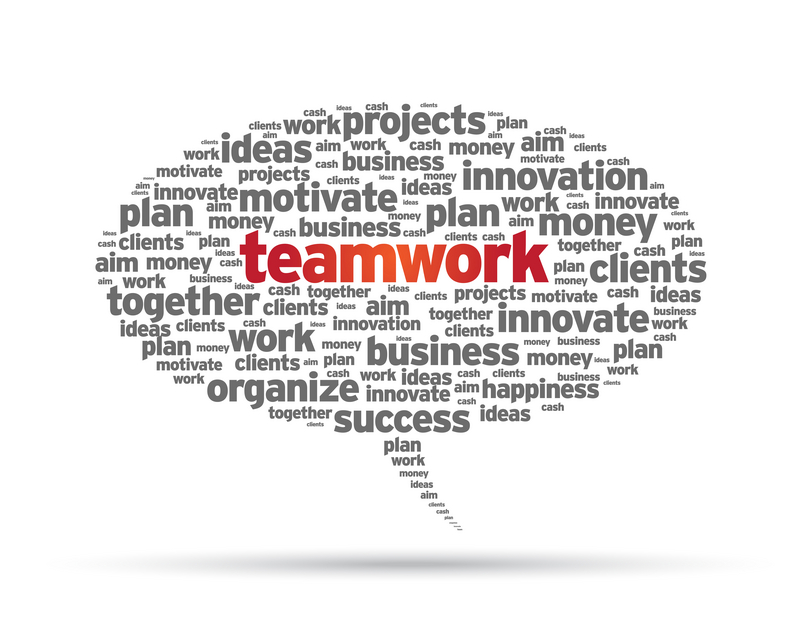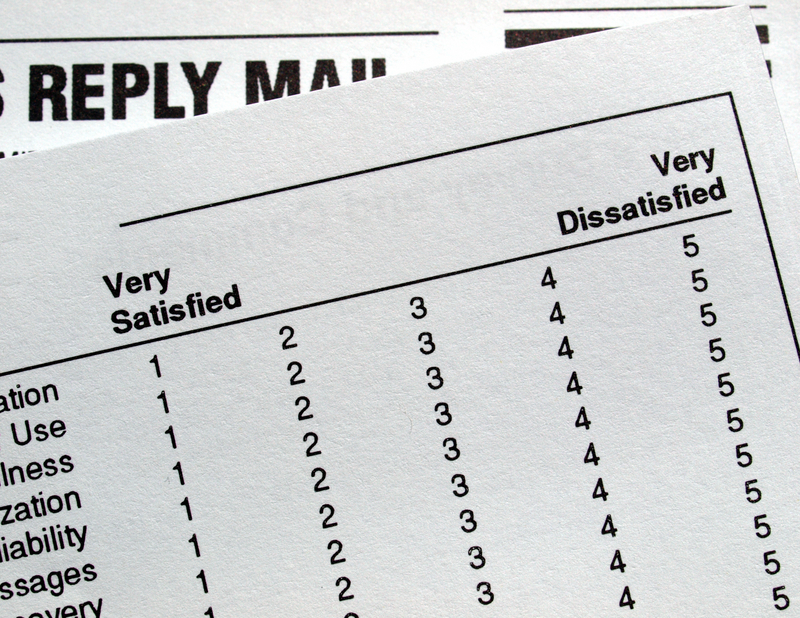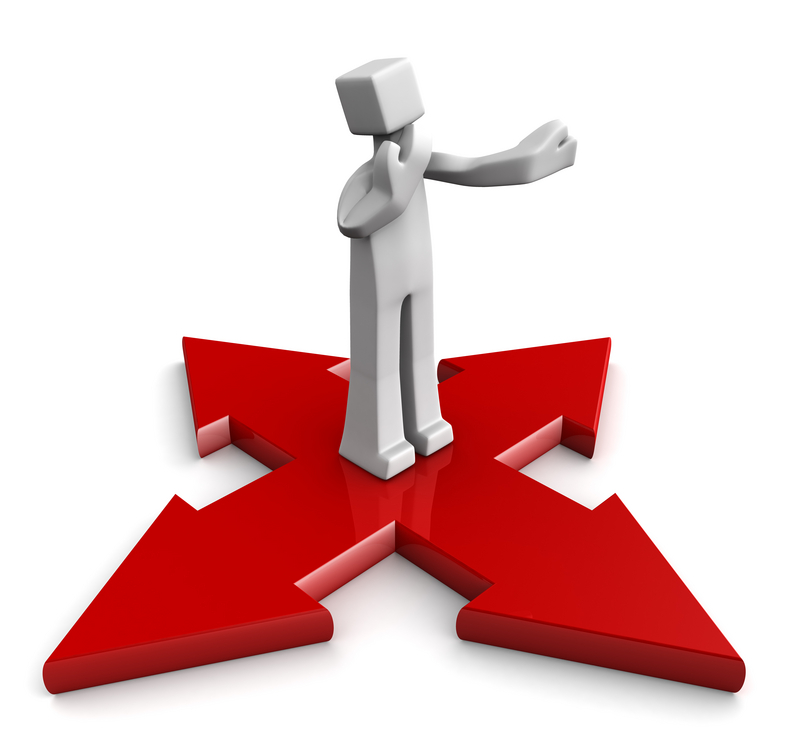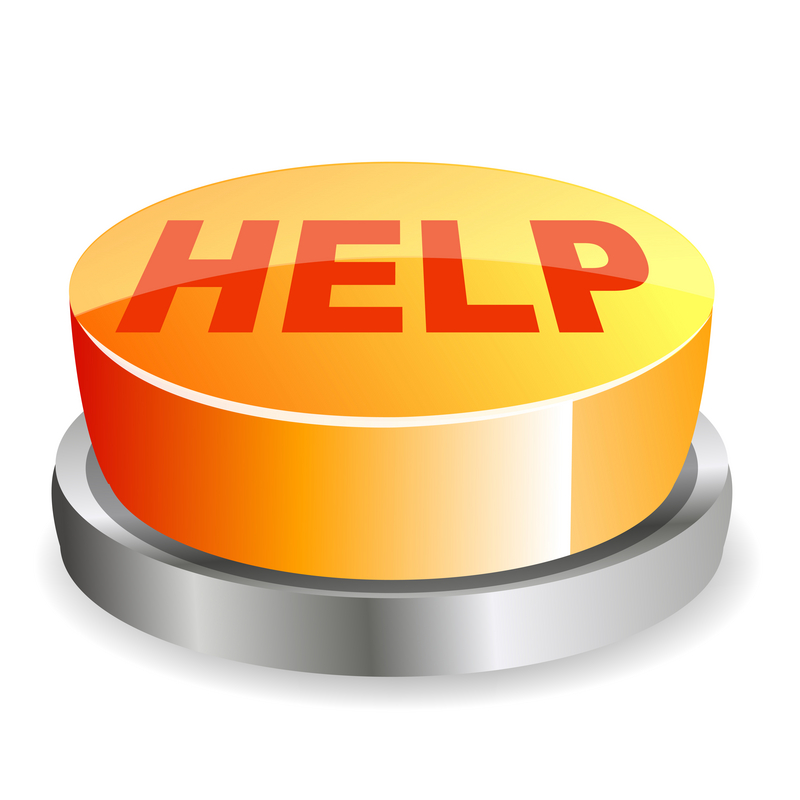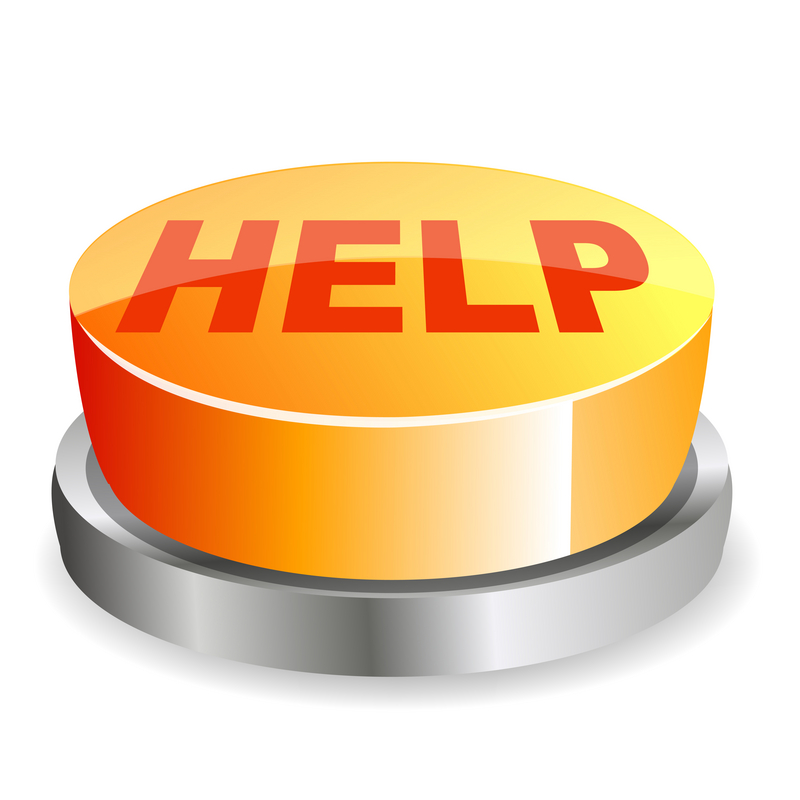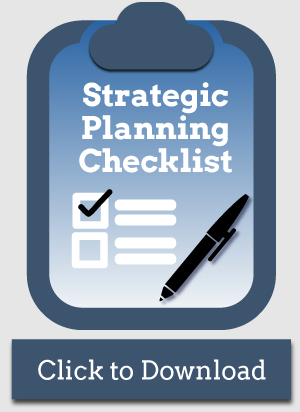From a management perspective, teamwork may seem like extra work — and it can be, at first. For leadership structures accustomed to a top-down approach, the change in mindset can be one of the greatest challenges.
However, when you implement a plan to foster and manage teams, you’re investing in the long-term success and stability of your company. The payoff comes in the form of better results, higher productivity, and the synergy made possible through collaboration, empowerment, and trust.
When teamwork fails, it’s often because organizations have skipped critical steps that ensure performance and accountability. To understand the process, let’s talk about the six critical steps for teamwork I’ve identified during decades of working with a range of businesses.
6 Keys to Building Teamwork
1. Buy-In at the Leadership Level
A teamwork-driven approach must be implemented from the top down. The organization’s leadership must be the first to embrace a fresh understanding of how teamwork functions and the value it brings.
One of the most effective ways to drive top-level commitment is to bring in an experienced resource to work with leadership. To build an understanding of the methods and benefits of teamwork, he or she can facilitate a pilot activity to demonstrate the approach, or even bring in leaders from businesses that have successfully implemented teamwork for Q&A sessions.
2. Engage an Experienced Resource
It’s not only the leadership who needs to buy in to the process. All team members benefit from the mentorship of someone who can share success stories and real-life examples of the process and end results, particularly as they play out in different parts of the company structure.
In order to be effective, this resource must be able to have an effective working relationship with the company leadership and all employees.
3. Establish Teams
Experiencing teamwork is the only way to really understand teamwork, so leadership should form the first team and undertake a pilot activity to evaluate the process.
With the success of the leadership team and pilot activity, progressively expand the model until everyone within the organization is a part of a work group. Not only will each group work on activities together, but they will be led in exercises that help the various teams work together within the larger company structure.
4. Train the Teams
Before the journey really begins, team members need to undergo training in teamwork skills like trust, communication, and synergy. The training process also teaches the necessary skills to improve the team’s processes:
- Mission: what they are striving to achieve
- Measurement: KPIs and goals for measuring success
- Initiatives: the most important changes needed
- Implementation: plans for successfully making each change
- Monitoring: monthly meetings to continuously implement and improve
5. Identify the Facilitators
Whether internal or external, all teams need a trained facilitator. Not everyone is equally equipped to lead work groups during team-building activities, and a facilitator helps keep everyone on the right path.
When I worked with the Ponderay Newsprint Company, I served as the facilitator for the leadership team, while staff members I trained served as facilitators for the other work groups.
6. Monitor Effectiveness
As with any strategic planning process, it’s important to periodically evaluate each team’s effectiveness and the performance of the program as a whole. In teamwork-driven programs, this role should fall to the facilitator.
He or she should be continuously monitoring team progress, routinely attending meetings, and periodically reporting the results to the team and the leadership. Each team should also make quarterly presentations to leadership regarding the team’s progress on KPI goals and mission-critical outcomes.
Plenty of effort goes into the team building process, but it results in an environment in which all team members are working effectively toward the same overarching goal, which benefits everyone.
I have led teamwork initiatives for 30 years as a part of various corporate leadership structures, and for 17 years as a change consultant. If you have any questions about implementing a teamwork-driven approach or need an expert to facilitate your teamwork program, please don’t hesitate to contact me.
Would you like to see this approach in action? Simply download the Ponderay Case Study here!
[widget id=”text-13″ title=”0″]


